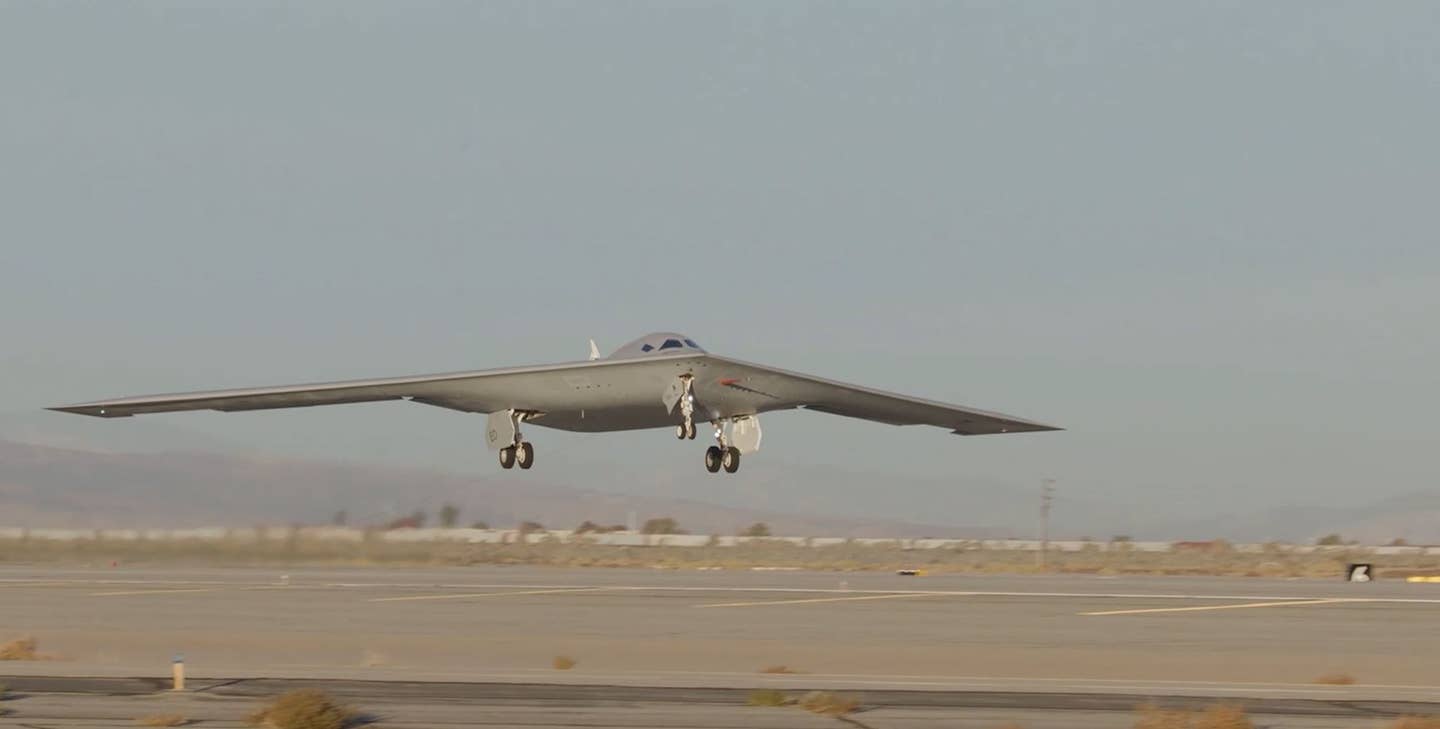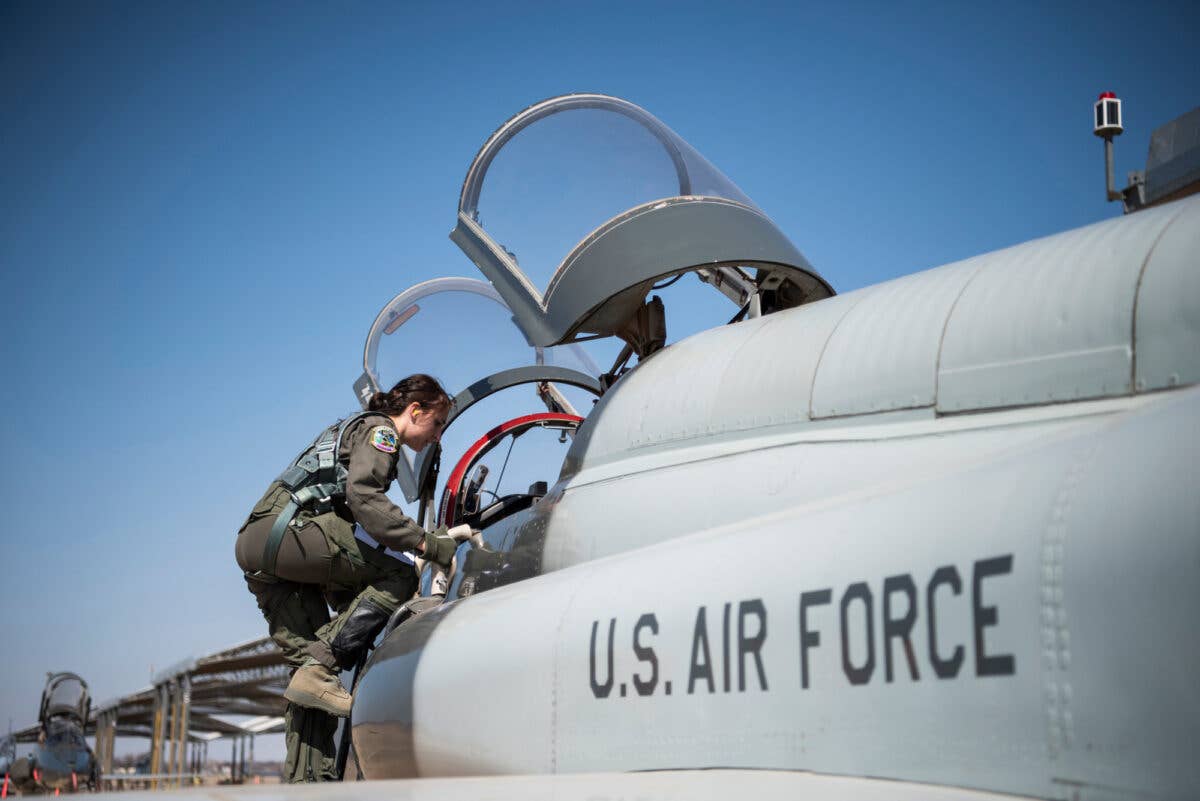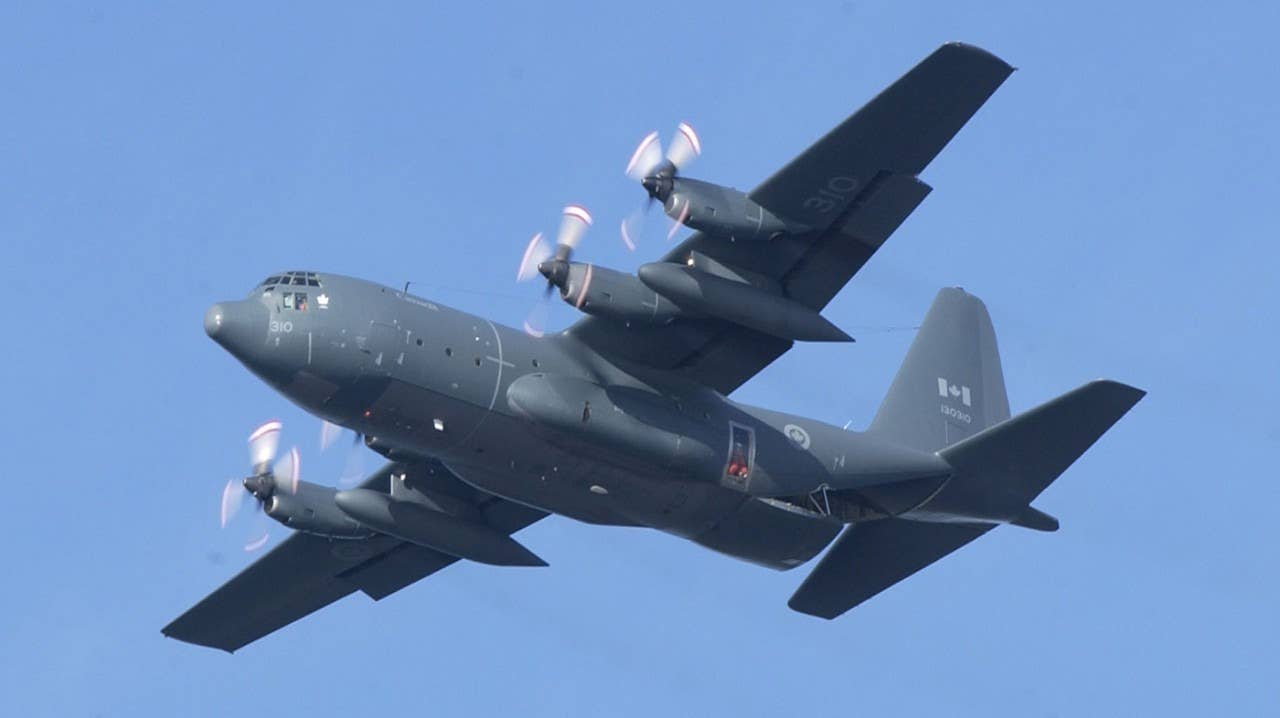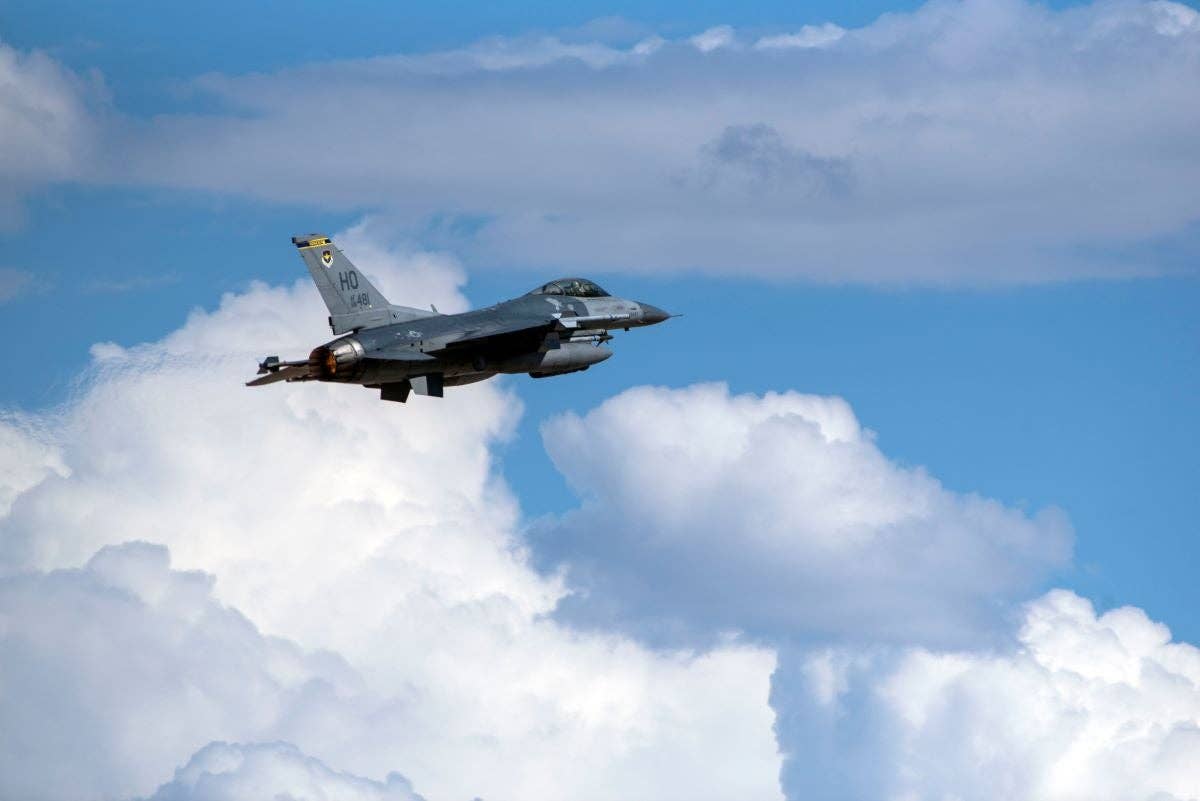Aurora Flight Sciences Revises Liberty Lifter Design
The company is one of two vying for DARPA’s X-Plane large transport seaplane to carry troops and heavy equipment.
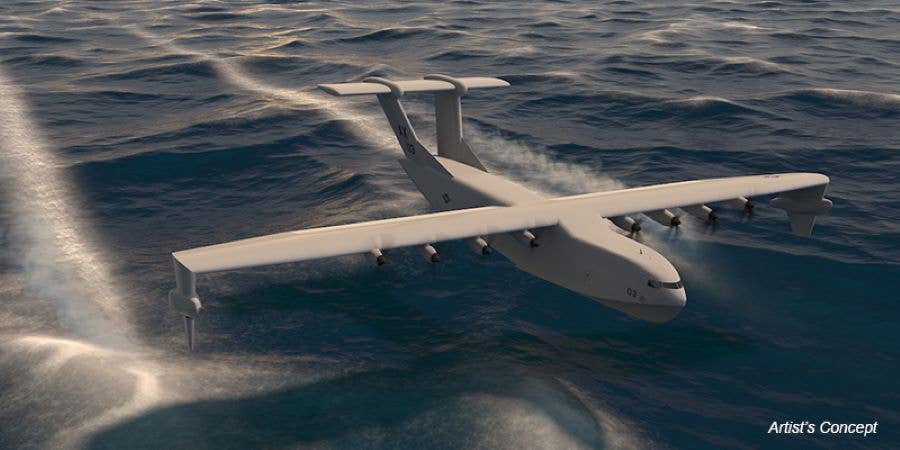
Aurora Flight Sciences altered its Liberty Lifter design from a T-tail design to a Pi-tail—a feature it called ‘more structurally efficient.’ [Courtesy: Aurora Flight Sciences]
Aurora Flight Sciences, one of two teams vying to design and build a military seaplane with heavy-air-lift capability, has reconfigured the tail section of its Liberty Lifter design.
The decision was spurred by results from preliminary testing, according to the company.
Aurora Flight Sciences—a Boeing subsidiary— along with competitor General Atomics Aeronautical Systems were selected by the Defense Advanced Research Projects Agency (DARPA) last year to design a large transport seaplane to carry troops and heavy equipment for long distances over water using wing-in-ground effect aerodynamics to boost efficiency. The Liberty Lifter program is currently in Phase 1B, which is focused on aircraft design and risk reduction, according to the agency.
During this phase, Aurora altered its design from a T-tail design to a Pi-tail—a feature it called "more structurally efficient" in accommodating an aft cargo door.
"Additionally, the floats were relocated from the side sponsons to the vehicle’s wingtips, which creates a better balance between vehicle affordability and performance in ground effect," Aurora said in a statement released Monday.
The changes are a result of its teaming with Oregon-based shipyard ReconCraft for expertise in maritime manufacturing, as well as Gibbs & Cox, a naval architecture and marine engineering firm. ReconCraft is set to build full-scale structural test articles, including a section of the aircraft's fuselage, Aurora said.
"The build and testing of structures reduces risk and ensures quality, as the team works with novel materials and unique requirements," the company said.
The company also studied the slamming of the aircraft during landing by testing a scale model of the hull in a tow tank at Virginia Tech University. It also is planning testing of flying sensors and software for wave detection and prediction.
“Innovations often occur at intersections. Here, it’s the intersection of our maritime and aerospace teams,” said Dan Campbell, Aurora program manager. “For example, the intersection of maritime manufacturing with aerospace structural design, or the intersection of maritime wave forecasting with aerospace controls.”
DARPA is tentatively set to conduct a preliminary design review in January 2025 before it selects a single design to be built and demonstrated. The first flight of the Liberty Lifter is planned for early 2028, the agency said.

Subscribe to Our Newsletter
Get the latest FLYING stories delivered directly to your inbox

